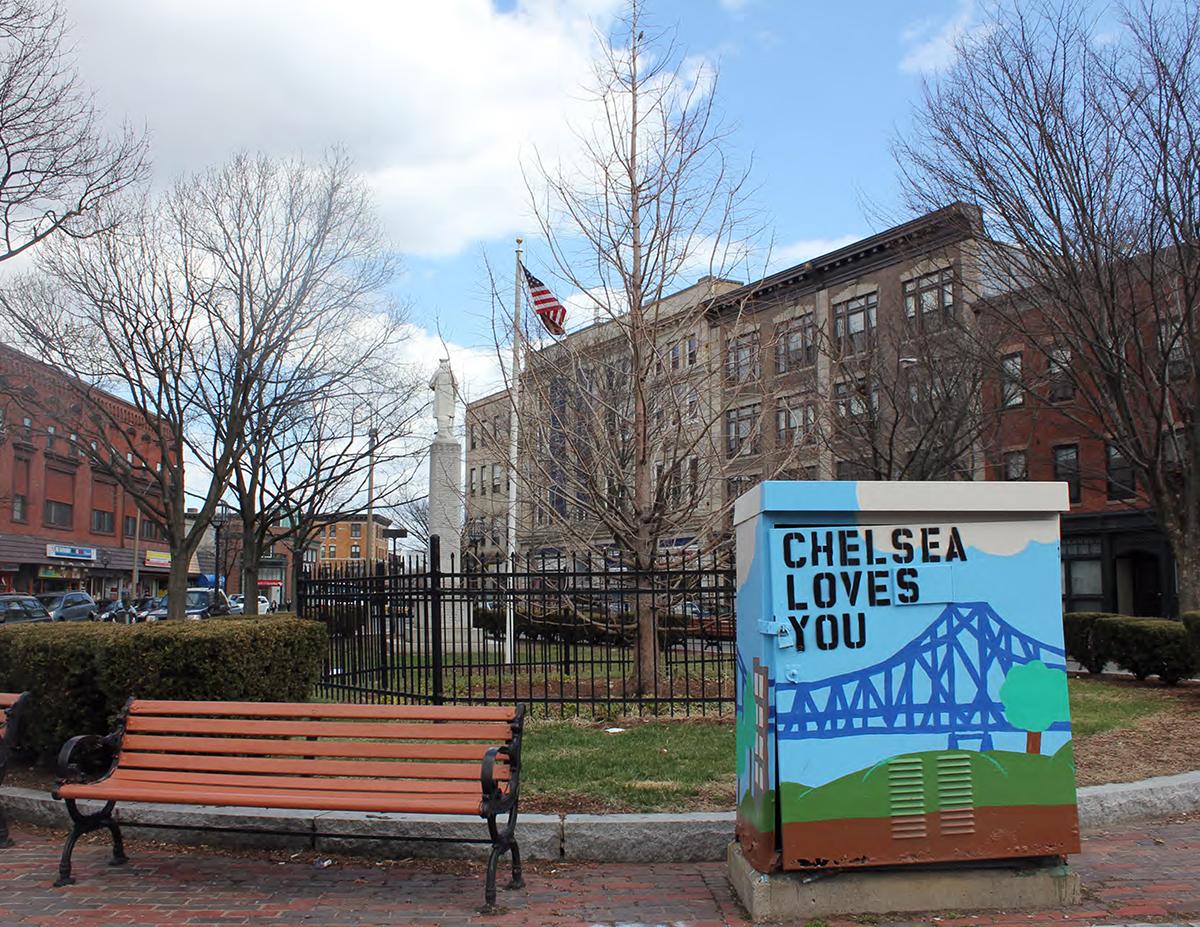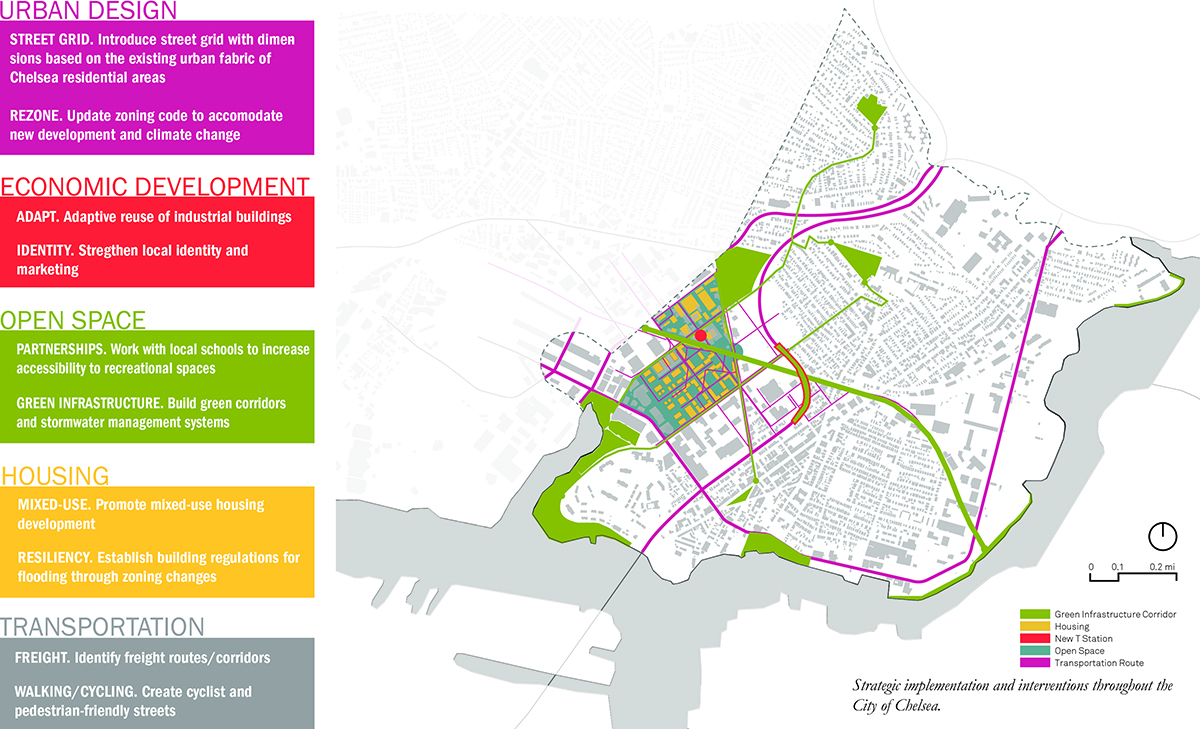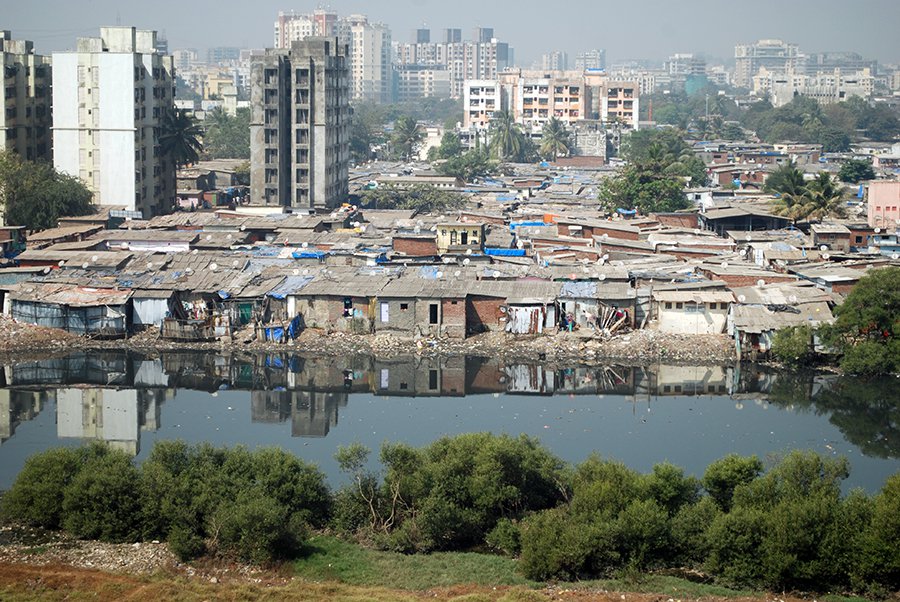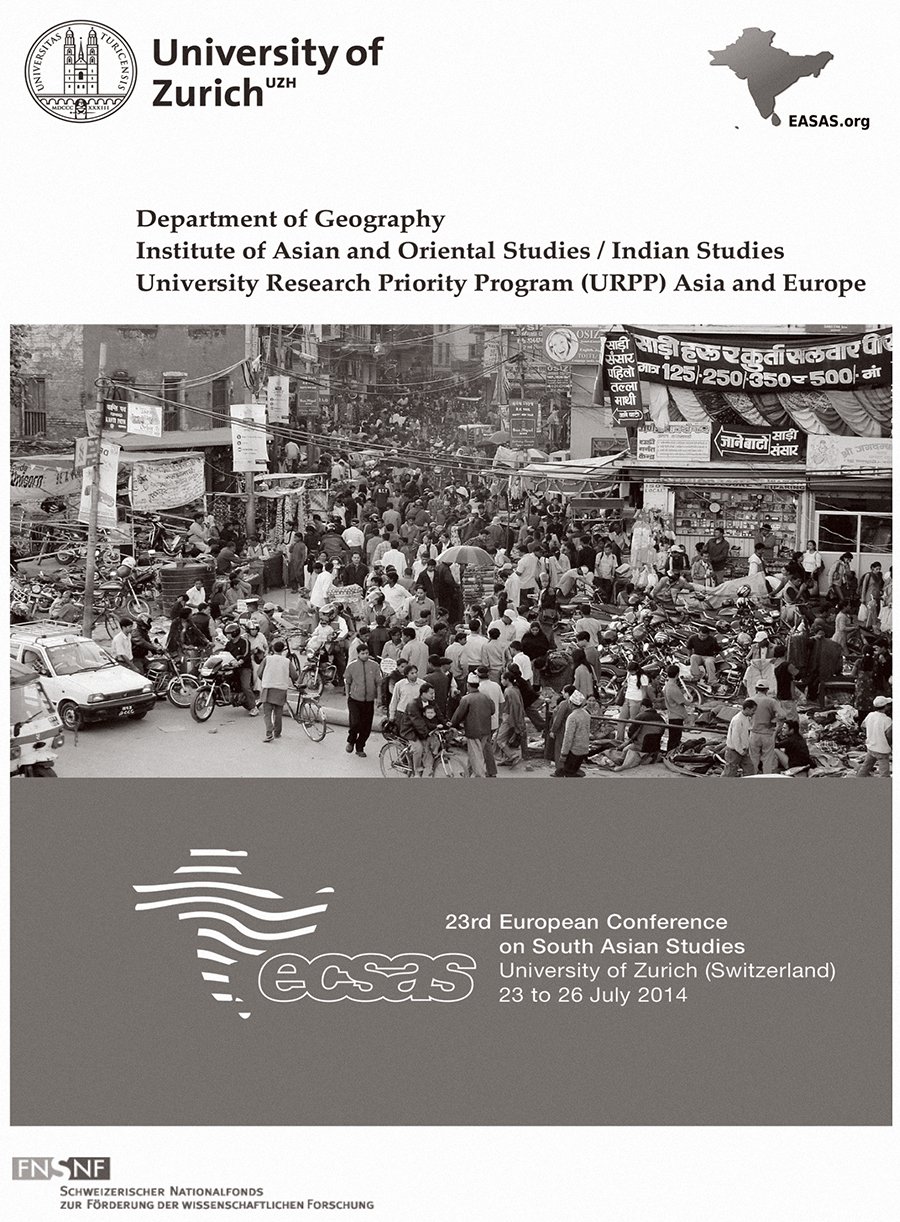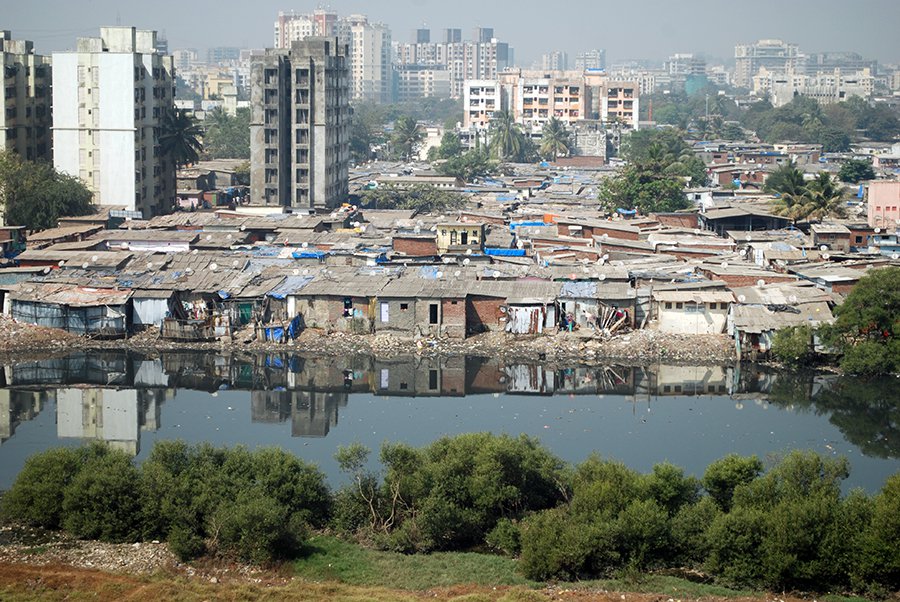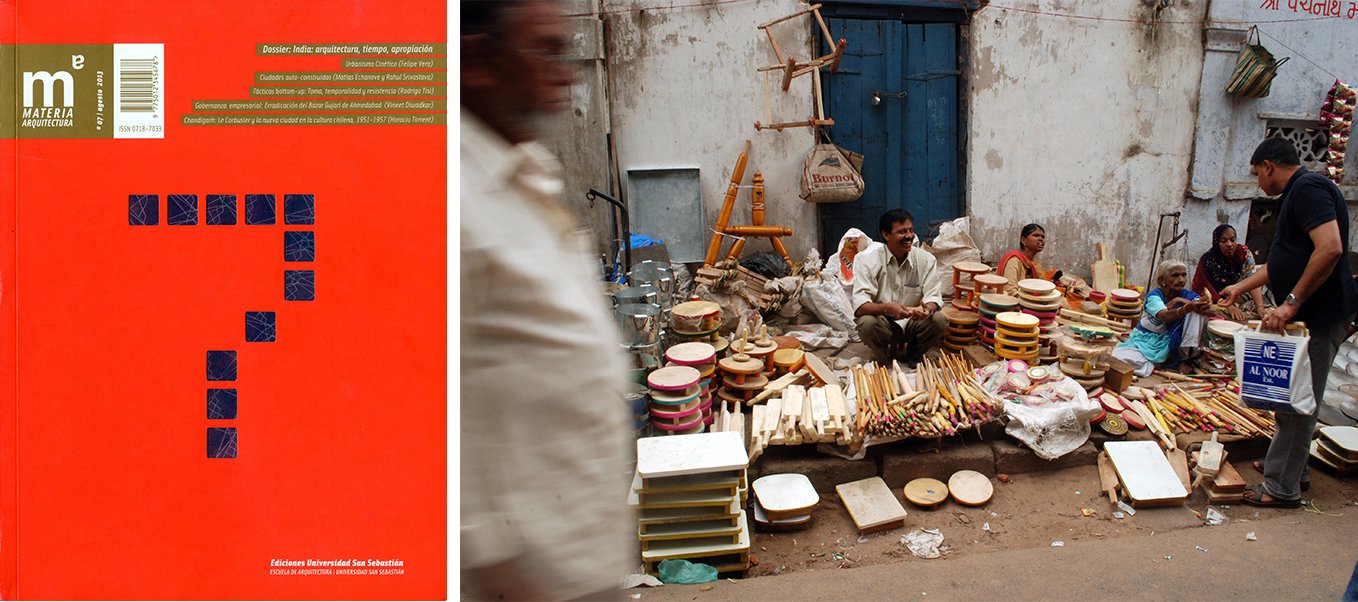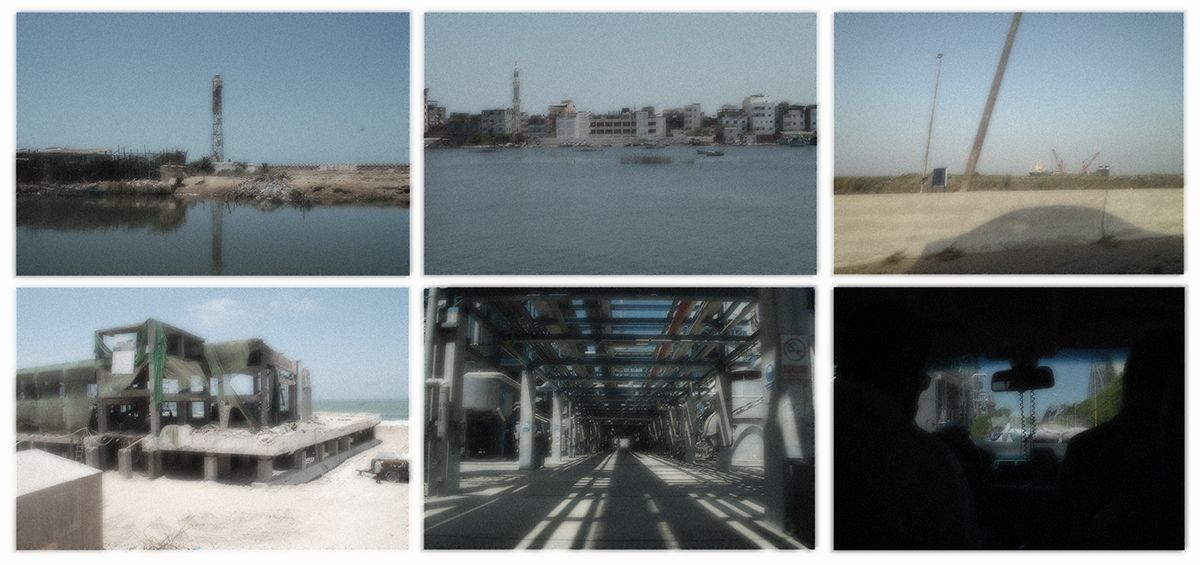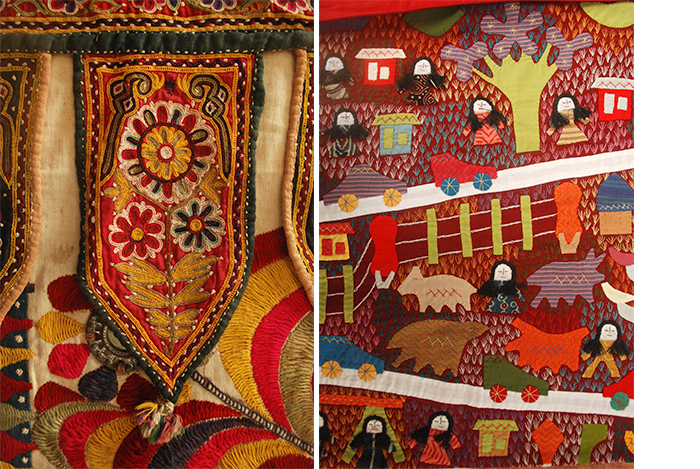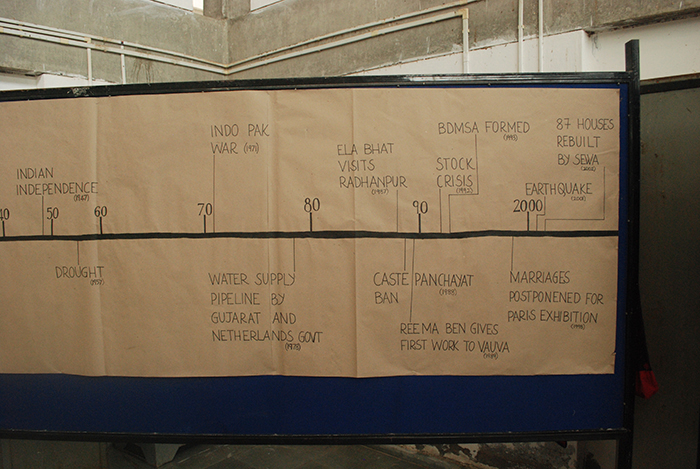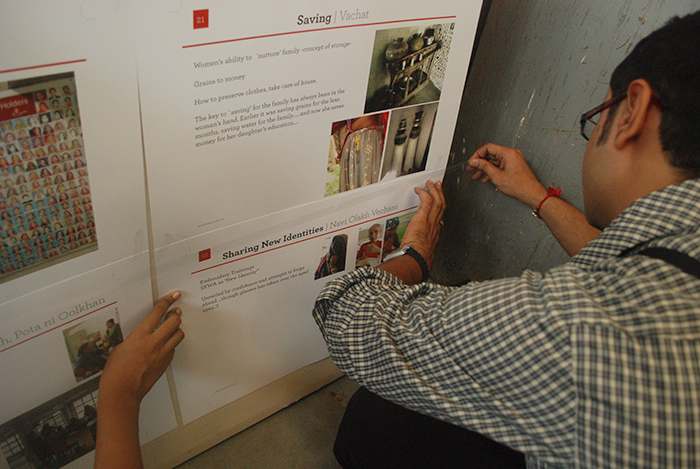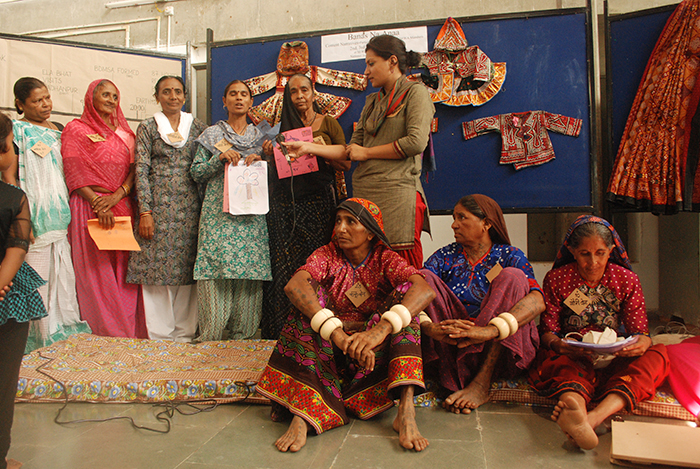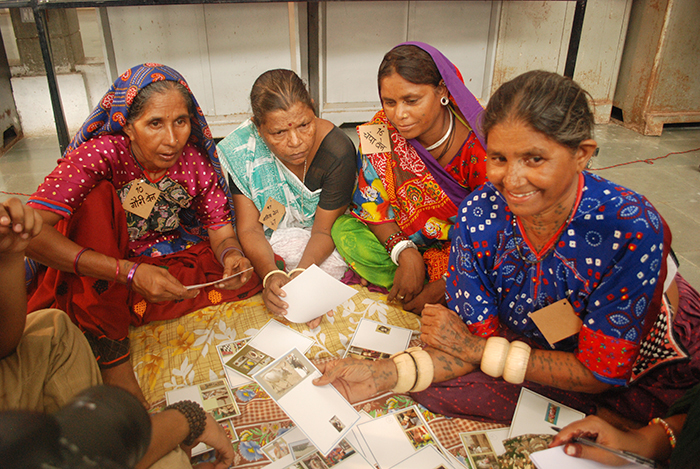"Connect Chelsea" wins National AICP Student Project Award from American Planning Association
"Connect Chelsea" wins Student Project Award from American Planning Association's MA Chapter
Lecture at Harvard GSD
Lecture at MIT Urban Risk Lab
'Terrains of Uneven Development' featured in Harvard GSD "Grounded Visionaries" exhibition
Grounded Visionaries Exhibition Vineet Diwadkar and Christopher Alton Harvard University Graduate School of Design September - October 2014.
Presentation at European Conference on South Asian Studies, Zurich
Field Visit, Agra, India
Lecture at Harvard GSD
Radcliffe Workshop: Mapping the Ephemeral City
 Radcliffe Workshop: Mapping the Ephemeral City with Harvard Kumbh Mela Team and Uttar Pradesh Higher Education Secretary Devesh Chaturvedi, Professor and Head of the Department of Community Education Shraddha Dwivedi, District Magistrate and Kumbh Mela Chief Officer Mani Prasad Mishra, Deputy Inspector General of Police Rajesh Rathore, and Mela Inspector General Alok Sharma.
Radcliffe Workshop: Mapping the Ephemeral City with Harvard Kumbh Mela Team and Uttar Pradesh Higher Education Secretary Devesh Chaturvedi, Professor and Head of the Department of Community Education Shraddha Dwivedi, District Magistrate and Kumbh Mela Chief Officer Mani Prasad Mishra, Deputy Inspector General of Police Rajesh Rathore, and Mela Inspector General Alok Sharma.
Smithsonian Magazine writes on 'Kumbh Mela' project
 What Urban Planners Can Learn From a Hindu Religious Festival by Tom Downey for Smithsonian Magazine.
What Urban Planners Can Learn From a Hindu Religious Festival by Tom Downey for Smithsonian Magazine.
Entrepreneurial Governance and the Ahmedabad Gujari Bazaar: Erasure of the Sabarmati River as Commons
Field Visit, Nile Delta, Egypt
Kumbh Mela: Work in Progress
Kumbh Mela: Work in Progress, GSD Urban India Project team. Piper Auditorium, Gund Hall Harvard University Graduate School of Design
With Rahul Mehrotra, Diana Eck, Tarun Khanna, Satchit Balsari, Vineet Diwadkar, Oscar Malaspina, Alykhan Mohamed, Felipe Vera, and James Whitten.
Live-Blog of Event, Lian Chikako Chang for Architect. Inside India’s pop-up city, Harvard Gazette Mapping a megacity’s metabolism, Harvard Gazette Saving the mother river Among millions, a blank slate, Harvard Gazette Tracking Disease in a Tent City Lessons of a Temporary City, Harvard Gazette
Bloomberg Business covers 'Kumbh Mela' project
 Ganges Turns Fecal Lab as Wealthy Bathe With Nude Mystics, Ketaki Gokhale for Bloomberg Business
Ganges Turns Fecal Lab as Wealthy Bathe With Nude Mystics, Ketaki Gokhale for Bloomberg Business
New York Times covers 'Kumbh Mela' project
 Can Big Data From Epic Indian Pilgrimage Help Save Lives?, Somoni Sengupta for The New York Times.
Can Big Data From Epic Indian Pilgrimage Help Save Lives?, Somoni Sengupta for The New York Times.
Quartz writes on 'Kumbh Mela' project
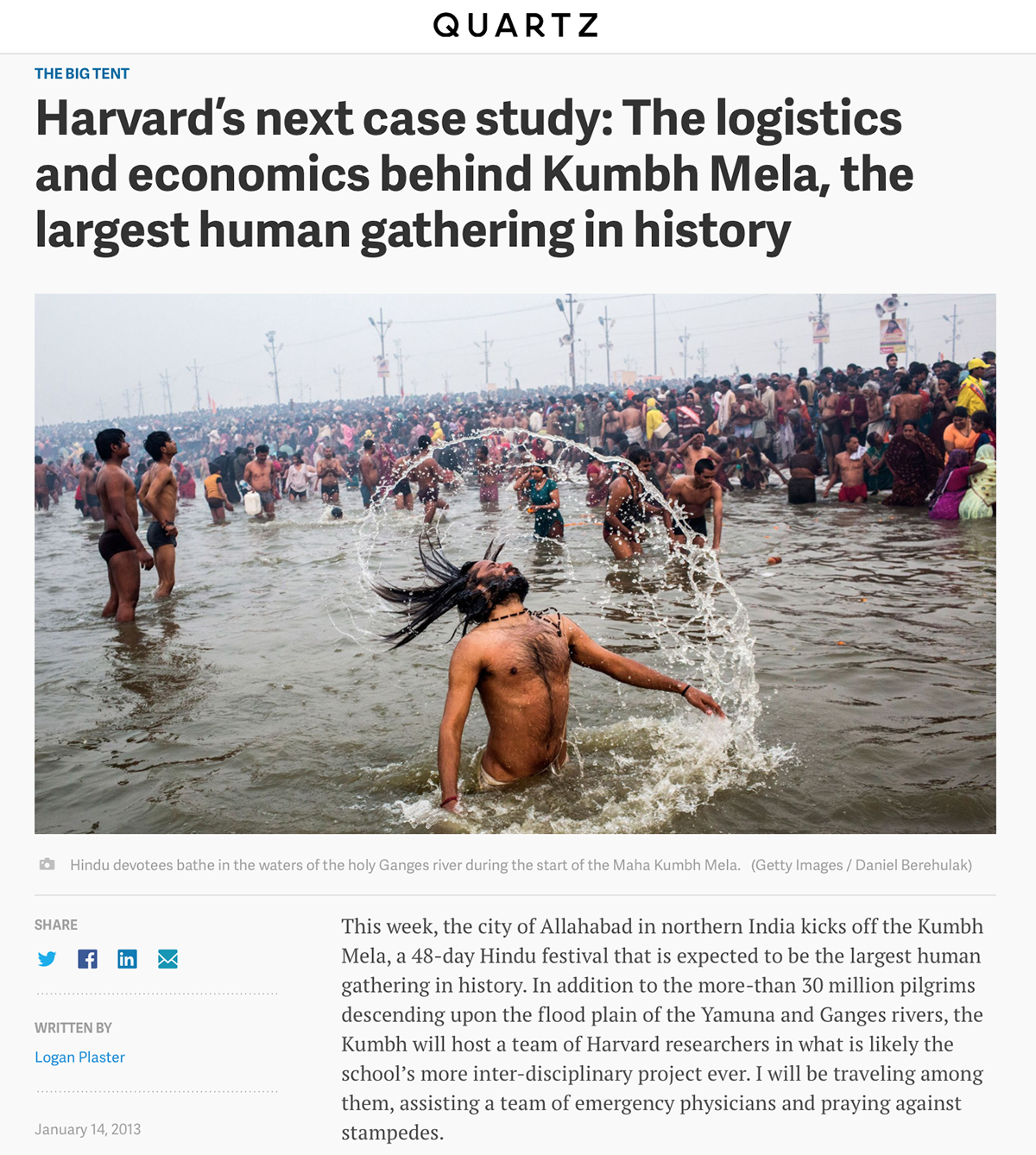 Harvard’s next case study: The logistics and economics behind Kumbh Mela, the largest human gathering in history by Logan Plaster for Quartz.
Harvard’s next case study: The logistics and economics behind Kumbh Mela, the largest human gathering in history by Logan Plaster for Quartz.
Ready to go
 Kumbh Mela: 14 January – 25 February 2013
Allahabad, India
Kumbh Mela: 14 January – 25 February 2013
Allahabad, India
field notebooks and maps for the Harvard Mapping the Kumbh Mela research team. More Info: Global Health Initiative ; Participant Blog; Government Site
"The Kumbh Mela is a Hindu religious fair that occurs every 12 years at the confluence of the Ganga and Yamuna rivers on the plains of northern India. Since its inception early in the first millennium CE, the Kumbh Mela has become the largest public gathering in the world. Today it draws tens of millions of pilgrims over the course of a few weeks to bathe in the sacred rivers.
A temporary city is created every twelve years in Allahabad to house the Kumbh Mela’s many pilgrims. This city is laid out on a grid, constructed and deconstructed within a matter of weeks; within the grid, multiple aspects of contemporary urbanism come to fruition, including spatial zoning, an electricity grid, food and water distribution, physical infrastructure construction, mass vaccinations, public gathering spaces, and nighttime social events."
Royal College of Art (RCA) - National Institute of Design (NID) Museum Workshop
 Organized by Tanishka Kachru and Christine Guth
at the National Institute of Design, Ahmedabad
Ahmedabad, India
20-24 February 2012
Organized by Tanishka Kachru and Christine Guth
at the National Institute of Design, Ahmedabad
Ahmedabad, India
20-24 February 2012
This workshop is hosted by Exhibition & Spatial Design students from the National Institute of Design, India and History of Design students from the Royal College of Art, UK.
Link to the RCA-NID Museum Workshop Blog.

